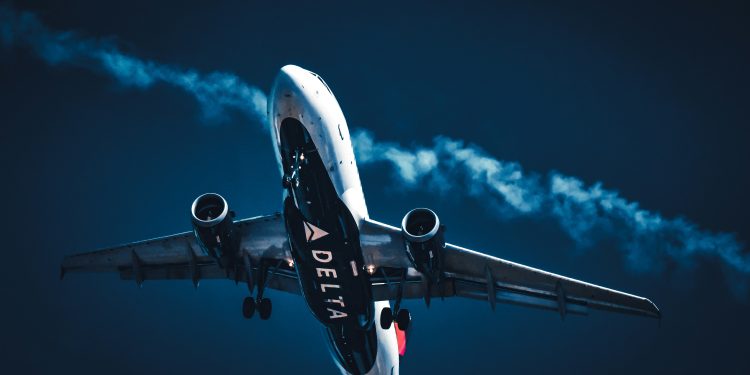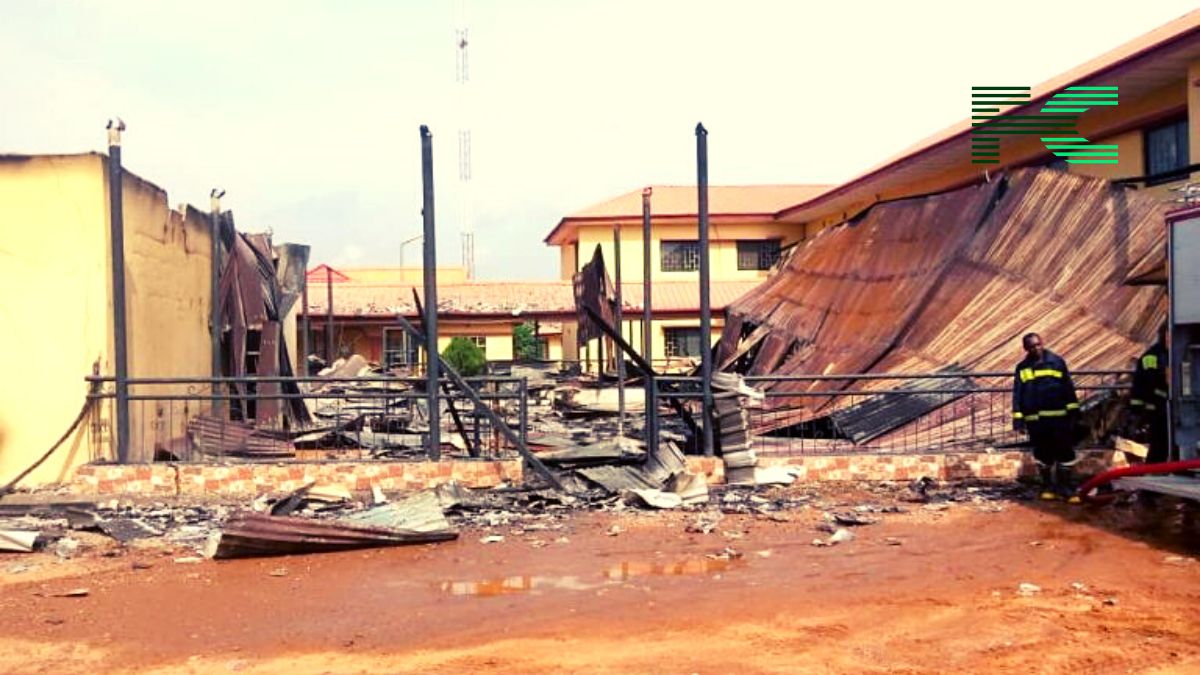A Delta Airlines flight from Salt Lake City to Amsterdam was forced to make an emergency landing at Minneapolis-St. Paul International Airport after encountering severe turbulence that injured 25 passengers. Flight 56, operated by an Airbus A330-900, diverted just two hours into its nine-hour transatlantic journey, landing at approximately 19:45 local time. Emergency medical teams met the aircraft to evaluate injuries, with all affected passengers transported to nearby hospitals.
Delta Airlines confirmed the incident in a statement, emphasizing that the carrier is “working with customers to support their immediate needs.” The flight carried 275 passengers and 13 crew members at the time of the turbulence event.

Rising Turbulence Risks: FAA Data Shows 207 Severe Injuries Since 2009
According to the National Transportation Safety Board (NTSB), this incident adds to a growing tally of 207 severe turbulence-related injuries in the U.S. since 2009—cases requiring hospitalization for more than 48 hours. Aviation experts estimate that 5,000 incidents of severe-or-greater turbulence occur annually worldwide, despite the 35 million flights that take off each year.
Severe turbulence, defined as vertical forces exceeding 1.5g, can violently toss unbuckled passengers from their seats. The Federal Aviation Administration (FAA) has long emphasized the importance of seatbelt compliance, particularly during unexpected turbulence events.
Why It Matters
Recent studies suggest that climate change may be intensifying clear-air turbulence, which is difficult to detect with current radar systems. While Delta Airlines has not confirmed the exact cause of this incident, aviation analysts note that transatlantic routes are particularly prone to turbulence due to shifting wind patterns.
The airline industry continues to invest in advanced weather forecasting and turbulence detection systems, but unexpected jolts remain a persistent safety challenge.
This emergency landing renews focus on in-flight safety measures, including seatbelt policies and crew preparedness. The FAA mandates that U.S. airlines brief passengers on turbulence risks, but it’s enforcement varies.
















